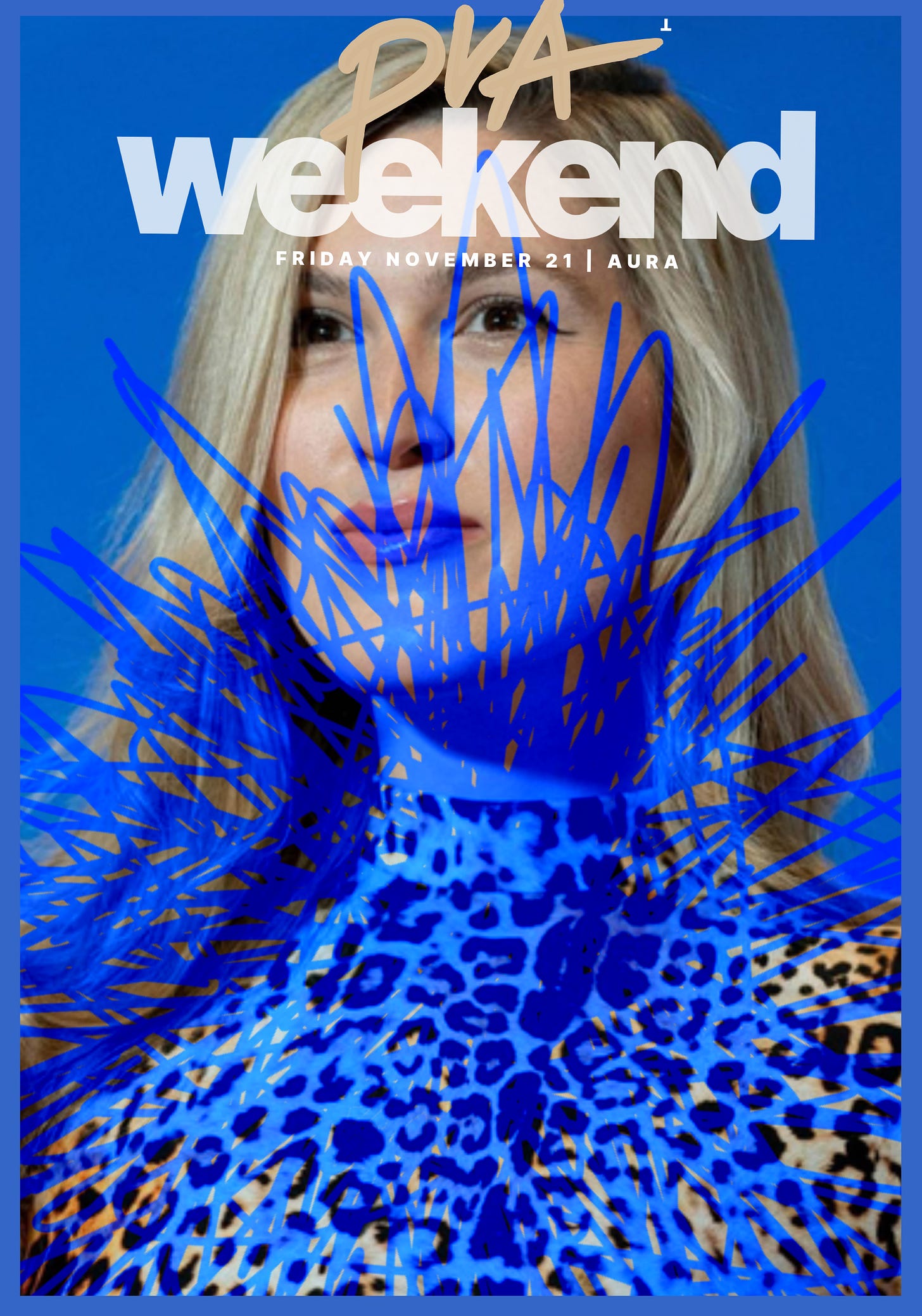Main Characters Are WInning the Information War
Aura bests brand as the currency of modern media. Timothee Chalamet as the celebrity world's best parasocial crossover. Troy hates Apple News.
POD 161: Main Character Energy
Out Friday AM. Substack | Apple | Spotify
This week: why aura and lore have become competitive advantages in the Information Space. With institutions losing their distribution edge, main-character energy now determines who captures attention. The Olivia Nuzzi spectacle to Michael Wolff’s improbable Epstein cameo show why legacy media suddenly needs characters again. We also cover the Gemini 3 narrative flip, Google’s structural advantages, John Malone’s tax-efficient empire building, Apple News’ strange success despite its bad UX, and the rise of chessboxing as peak Slavic content.
Brian: Aura and lore matter in the Information Space…
…because the distribution layer no longer privileges institutions. It privileges main characters. The environment is horizontal, decentralized, and ruthlessly competitive. Everyone—journalists, creators, politicians, executives—is effectively publishing into the same stream. When that’s the playing field, the traditional advantages of legacy media—brand equity, process, institutional authority—carry far less weight. Narrative always wins.
Aura is the the intangible sense that someone matters, that they have gravity. Lore is the narrative residue that forms around them—myths, conflicts, feuds, backstories, triumphs, humiliations, backstories, lived lives.The algos love aura and lore. They’re great for engagement.
Media once understood it instinctively. This unbecoming fight for survival has sapped the field of its swagger and daring. Budget cuts, consolidation, and managerial leadership pushed personality out of the business. The industry traded charisma for process, edge for caution. Institutions that once projected confidence began to operate in defensive crouch. Aura evaporated.
Characters filled the space that institutions vacated. Creators built direct relationships with audiences and turned themselves into narrative franchises. Writers like Michael Wolff mastered the art of generating lore—stories people couldn’t help but retell. Even executives emerged as main characters, shaping narratives through their personas as much as through their companies’ products. John Malone carried a different kind of aura: systems intelligence, clarity, strategic inevitability. He didn’t perform charisma; he radiated it through depth and coherence.
Today’s media environment runs on these forces. The platforms elevate what resonates emotionally, not institutionally. Audiences gravitate toward people who feel alive inside the feed. The only real choice for journalism is how it wants to compete within this structure. Some will lean into authority and expertise. Some will lean into personality. Some will rely on depth and reporting. Others will consciously cultivate lore. There is no single model that works for everyone, and there never will be again.
What’s clear is that the Information Space no longer defaults to institutions. It defaults to individuals who generate narrative momentum. Aura and lore aren’t distractions from the work. They’re part of the work now.
Troy: I hate Apple News.
I am torn. I admire the spartan environment — an interface layer free from the heinous acts of monetization violence perpetrated by modern publishers under siege. But, my browser is my OS. My place connected by all my tools — search, mail, shopping, utilities and increasingly my little AI helpers. Apple News asks me to abandon all of that in exchange for something less chaotic. The newsletter boom already asks me to spread my media attention to my inbox. I don’t want another environment to manage.
The interface / curation also confounds, weaving together a long-outdated issue-based organizational construct with fake and ineffective “For You” personalization, mostly irrelevant “Top Stories”, the arrogance of Apple powered “Editors’ Picks” and crass topical clusters like “Entertainment” and “Health.” The organizational system feels primitive next to algo-powered feeds that have become insanely good at mixing bits from across the vast social, creator and institutional information space with pinpoint accuracy.
Apple word games are a welcome addition, except the games lack the cunning and craft real games makers like the folks at The New York Times bring to “The Mini Crossword”, “Connections”, etc.
What’s more annoying is the bundle isn’t really a bundle. I want Apple News for The WSJ and Bloomberg. The Journal is neutered. Bloomberg is a total farce that leads you to a page that shows a wall of paywalled stories. I understand why their value proposition doesn’t fit in the low priced Apple News option. Just stop the tease.
At least I can just replace it with junk food from the The New York Post. Apple gives the noisy ad-filled tabloid the Apple makeover. But somehow that reduces its appeal. They have their own free app and I prefer to go direct. The New Yorker is the best perk inside the News bundle. I am not sure why Condé continues to lend its full value to the rest of the mag publishers slowly dying in Apple’s palliative care ward.
Apple News feels like AOL after the web showed us why open is better. I would use it more if it were connected to the rest of my world. I get that more than 100M people use it anyway — a testament to a platform’s ability to shove people around.
If nothing else, Apple News shows why we should still fight for the web.





